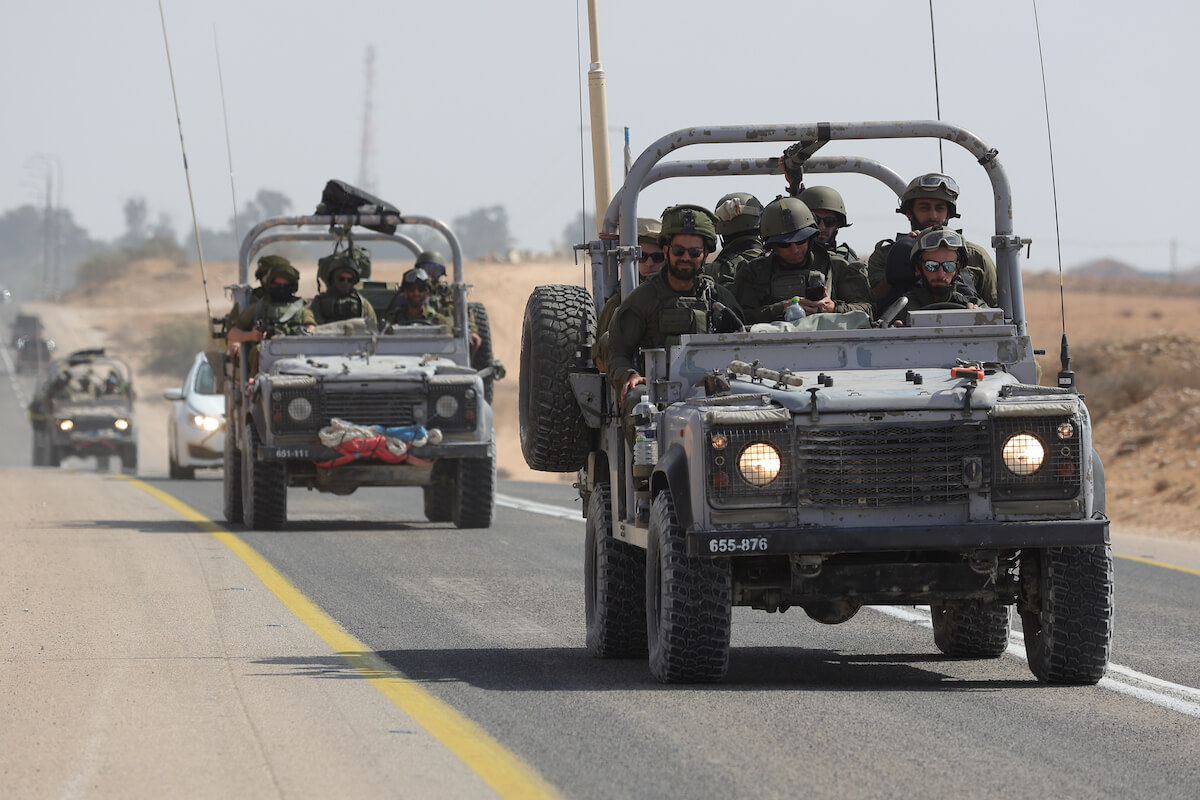"...In another report in Haaretz in Hebrew (it does not appear to be available in English) on October 11, probably following the same army-guided PR tour, Nir Hasson and Eden Solomon interviewed “Erez, deputy commander of an armored reserve battalion.” He described how he and his tanks unit “fought inside the kibbutz, from house to house, with the tanks.” “We had no choice,” he concludes.
Most recently, Nir Hasson returned to Be’eri and interviewed a local resident named Tuval, who was lucky to be away from the kibbutz at the time of the attack but whose partner was killed. In Hasson’s October 20 Haaretz article, he reports:
“His voice trembles when his partner, who was besieged in her home shelter at the time, comes to mind. According to him, only on Monday night and only after the commanders in the field made difficult decisions — including shelling houses with all their occupants inside in order to eliminate the terrorists along with the hostages — did the IDF complete the takeover of the kibbutz. The price was terrible: at least 112 Be’eri people were killed. Others were kidnapped. Yesterday, 11 days after the massacre, the bodies of a mother and her son were discovered in one of the destroyed houses. It is believed that more bodies are still lying in the rubble.”
This quote is important for several reasons; one is because it adds to the understood timeline of events. This testimony would seem to indicate that many Israeli captives were still alive on Monday, October 9, a full two days after the events of Saturday, October 7. While it might be understandable if captives had been killed in the hectic crossfire of an initial Israeli response to the attack on the 7th, this account would seem to indicate that the decision to assault the kibbutz and everyone inside was made as a clear military calculation.
It is clear Palestinian militants were hiding in these buildings with their Israeli captives as Israeli soldiers were blasting their way in with massive tank shells in close quarters. It deserves to be investigated who caused most of the death and destruction that took place. This is especially important as these deaths are now being used to justify the destruction of Gaza and the killing of thousands of civilians there.
Implications for Israeli captives in Gaza
All this is not history or simply in the past. There are implications for the next stage of the war, which might be even much bloodier. One central element of the conflict is now the fate of more than two hundred Israeli captives, soldiers, and civilians.
For the Palestinians, this is a historic opportunity to release their long-held militants from what they call “the occupation bastilles.” Even as Palestinians know that the liberation of their land is still a distant dream, the liberation of their prisoners through a prisoner swap is the most precious victory for which they can strive. However, Israel, as it has proved many times in the past and as recent events may indicate, may be ready to put the lives of its soldiers and citizens at risk rather than witness the joy of freedom celebrated on both sides of the border."



damn that's cold